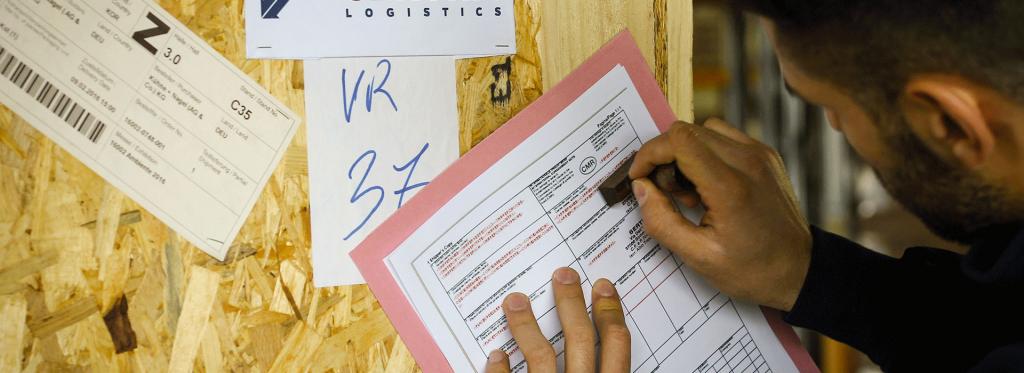Under the procedure of a customs warehouse, any goods crossing the state border are necessarily placed. The conditions and procedure for implementing this procedure are governed by the Customs Code of the Customs Union (chapter 33). However, it will be very difficult for a person who is not a professional in the field of foreign economic activity to extract information from the text of an official document about which goods can be placed under the customs procedure of a customs warehouse, about the procedure for processing documentation and requirements of customs authorities for importers and exporters of importers of products. This article simply and clearly explains these and many other issues.
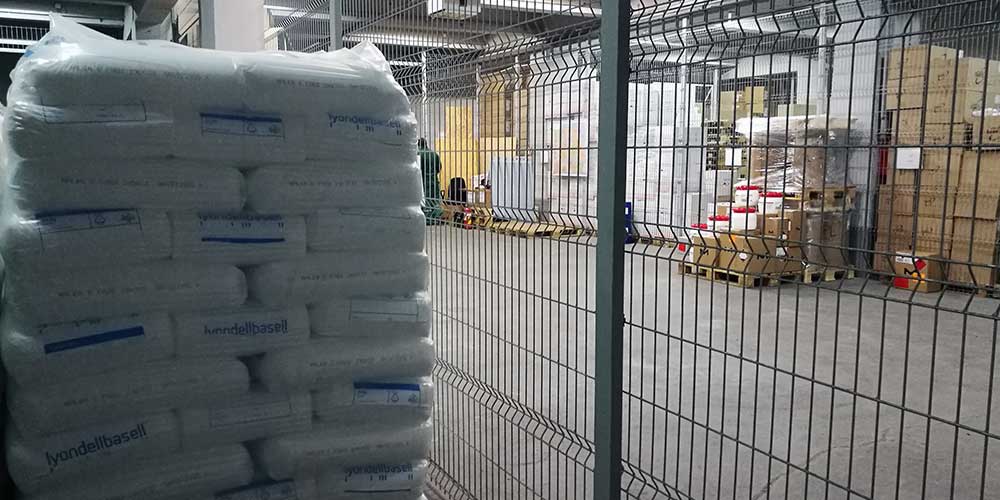
What is the customs warehouse procedure for?
While the imported or exported goods are in storage at the warehouse, their owner is granted a deferment to pay all kinds of customs duties. This enables the owner to collect the necessary package of documents and understaff it. The customs inspector gets the opportunity to carefully analyze all the information about the imported goods (origin, price, group of goods and so on) in order to calculate and establish the amount of customs duty.
However, in fact, the provision on the procedure of the customs warehouse has a number of controversial points and discrepancies, which sometimes cause litigation between the official representative of the customs inspection point, the owner of the warehouse and the owner of the customs terminal.
Existing Warehouse Types
In fact, there are a fairly large number of varieties of customs warehouses. And the procedure for placing goods in storage will differ depending on the variety of the site. However, an open and closed warehouse is the most typical option.
Goods placed under the customs procedure of the customs warehouse (open) are not carefully protected. Bulk cargoes (sand, gravel, granite, etc.) are usually stored at such sites. Delivery of such goods from abroad is carried out by rail, which means that such warehouses must adjoin the railway lines and have the appropriate infrastructure and equipment.
Goods placed under the customs procedure of the customs warehouse are under round-the-clock security and video surveillance (closed type). Inspection of goods can only be carried out by the owner of the cargo (or an authorized person) and a specific customs inspector.

Requirements for owners of customs warehouses
The economy of our country has taken the path of liberalization. And at present, certain functions of the customs authorities, subject to a number of conditions, can be transferred to the private trader. However, control over the implementation of entrepreneurship in the field of foreign trade and customs is very tight.
The owner of the customs warehouse may be a legal entity. He bears full responsibility for the safety of goods placed in the customs control zone. This legal entity must own a warehouse that meets the requirements of the customs authorities, fire safety requirements and sanitary rules. Such facilities are constantly under the control of numerous supervisory services, and the slightest violation leads to significant fines. The maintenance of the premises in good condition requires considerable effort and financial costs.
For the right to carry out such activities, such legal entities pay a fee.Delay in payment of fees leads to the revocation of the license to engage in this type of activity.
The legal entity must be registered in the relevant state register. The registration procedure takes a lot of time and requires tremendous effort and energy from the leadership of the legal entity.
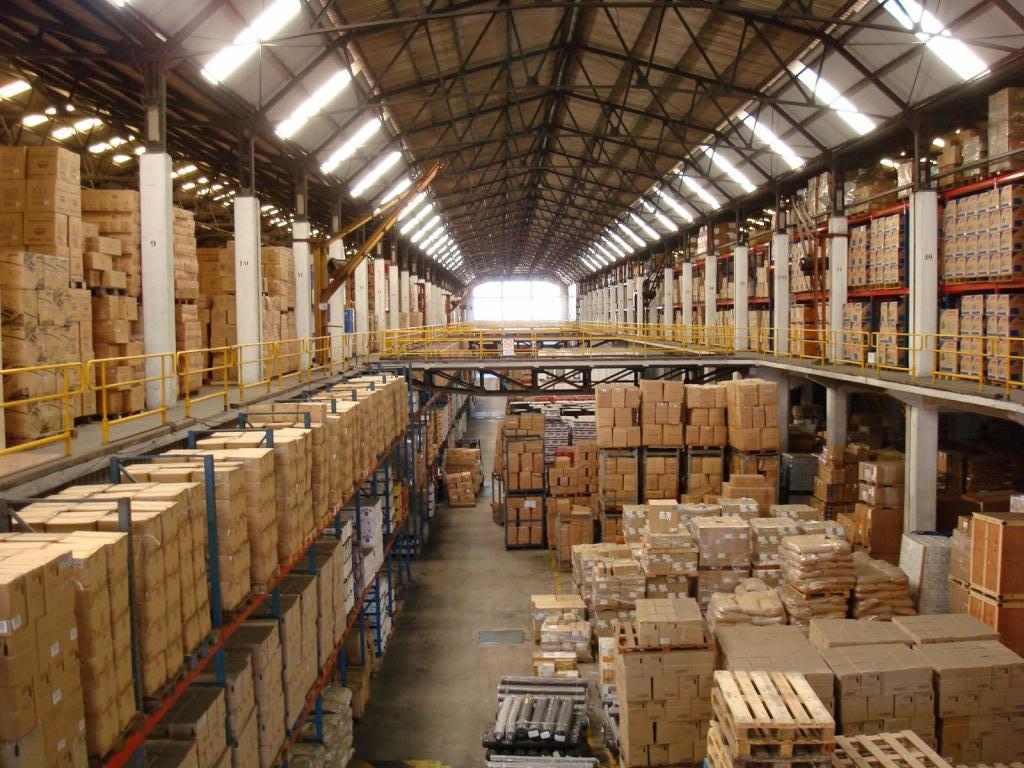
Features of storage of goods
In order to place the goods under the customs procedure of the customs warehouse in order to arrange and carry out export-import operations, you must obtain the appropriate permit document. In the absence of this document, any attempt to process the goods may be regarded as an intention to smuggle across the border. In the best case, this will entail the confiscation of property, and in the worst, a criminal case.
The mechanism for obtaining the said permission is well established. In order for it to be issued, it is necessary to file an application in the name of the owner of the customs warehouse. The registration procedure is quite complicated. Therefore, it is better to seek help from specialized organizations that provide customs clearance and escort services. Having extensive experience, a company specialist will competently draw up a declaration. This will avoid many problems and waste of money.
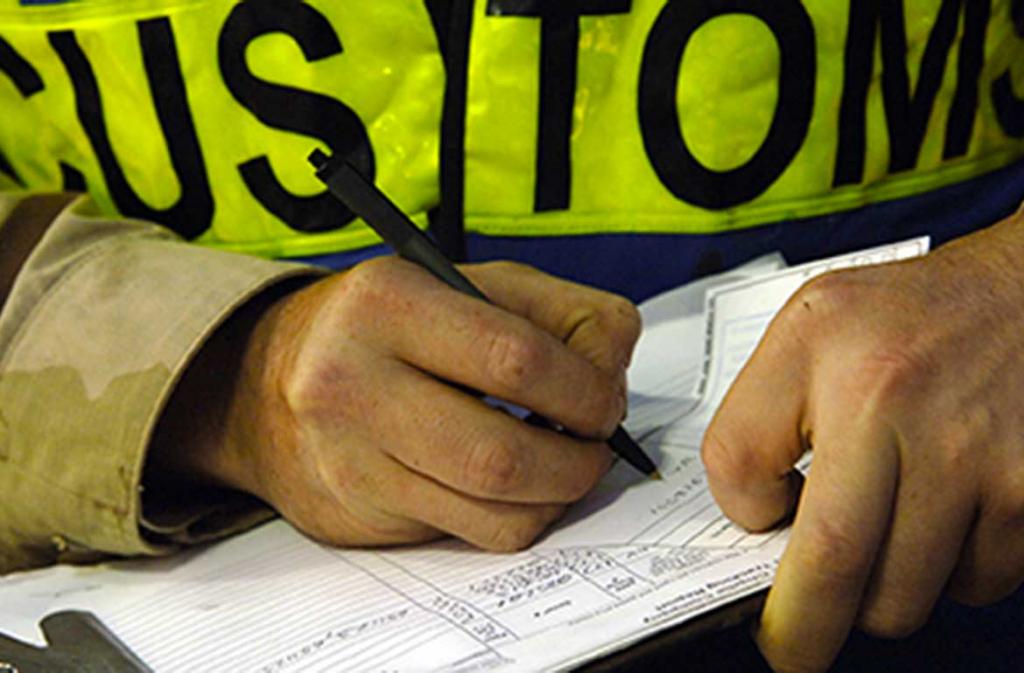
Features of the application, requirements for its content
When applying, you must be extremely careful. The document has a number of features. The customs procedure of the customs warehouse will be allowed only with the complete absence of claims from the customs inspectors. The application must necessarily contain information on the cost of acquiring the goods, on the manufacturer, group and subgroup of goods (according to the FEA classifier), the purpose of placement in a customs warehouse of temporary storage.
Many importers and exporters try to draw up this document on their own. As a rule, this leads to the need to edit the application many times. This situation annoys customs officers. To avoid this kind of trouble, experienced people recommend contacting specialized organizations. As a rule, at each TSW (temporary storage warehouse) there are corresponding departments for the provision of services. As practice shows, the cost of a customs representative is always justified.
Payment deadlines for declarant
In accordance with the current legislation in the field of customs regulation, the timing of payment of payments can vary significantly and depend on many factors. In the event that the transported goods for any reason (accident, natural disaster, etc.) was destroyed before they were placed in a customs warehouse, the declarant must pay all payments on the same day. In some situations, it is not possible to specify the day of damage or destruction of goods. Then the duty must be paid on the day of registration of the declaration by the customs authorities.
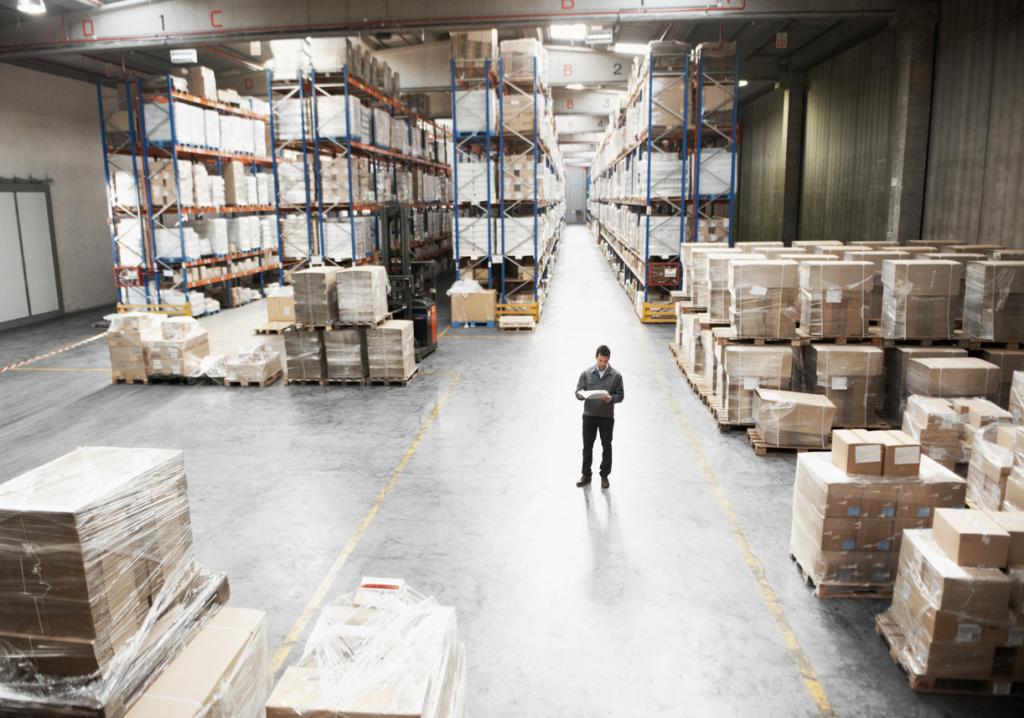
Storage periods
Determining the shelf life of products is one of the most significant problems of the customs procedure “Customs warehouse”. Indeed, on the one hand, the shelf life is determined directly by the owner of the cargo, taking into account its specific needs and circumstances. On the other hand, the law defines the maximum allowable time. Thus, the goods cannot be stored in a warehouse for more than two months. Quite often, the allotted time is not enough for the cargo owner to put in order the documentation for the goods.
The situation is even more complicated if the product has a certain shelf life. In accordance with the requirements of the customs authorities, such cargo must be shipped for sale no later than six months before the expiration of this period.
If exported goods are placed under the customs procedure of a free warehouse, then the period of their storage in the warehouse shall not exceed six months.
In special cases, the shelf life of products in stock may be revised upwards. However, for this it is necessary to apply with the corresponding request to the administration of the customs inspection point and to the organization that owns the premises.
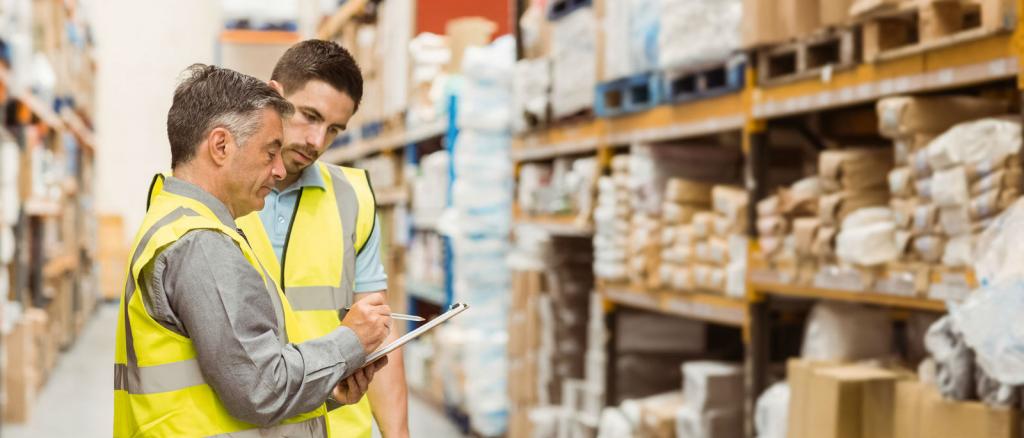
Product Verification
Before the storage periods of a consignment of goods are determined, authorized specialists of the customs authorities are obliged to conduct an inspection. Also, if the customs inspector has suspicions, he may require an examination. After all, often unscrupulous entrepreneurs try to deceive customs and reduce payments.
First of all, the officer conducts a purely visual assessment of the goods. Often already at this stage, violations are discovered by participants in foreign economic activity.
The customs inspector may also require to weigh the goods, mark them, measure the geometric parameters, pack, take samples for examination and so on.
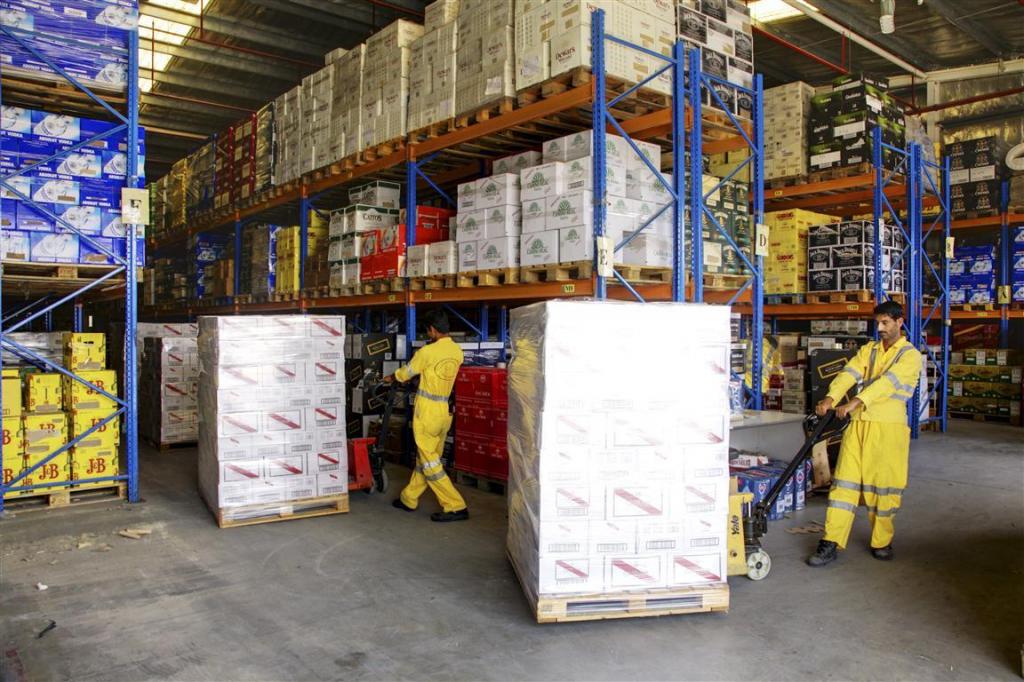
Occurrence of an obligation to pay fees and duties
For different participants in the process, the obligation to pay customs duties and fees arises under different circumstances. For example, for the owner of an imported consignment of goods, the obligation to pay appropriate duties and charges arises immediately after the goods are placed in the customs control zone. For the declarant, the situation is somewhat different. For him, this obligation arises immediately after the registration of the goods declaration by the customs inspector.
Termination of duty
The delivery of goods from the warehouse to their owner and their placement under a different procedure is carried out only after payment of all accrued payments. Thus, the moment of release of goods from the territory of the customs control zone is simultaneously the moment of the release of the cargo owner from the obligation to pay customs duties. With the person acting as a declarant, this obligation is withdrawn at the time of placement of goods.
Free Customs Zone Free Warehouse Procedure
In recent years, the so-called accelerated development zones (free economic zones) have begun to appear in the territory of the countries of the Customs Union. The needs of FEZ residents in the import and export of goods, components and products are met by specially created customs warehouses (free). The procedure for placing goods in a warehouse does not differ from that in a regular warehouse. However, residents of free economic services are served on a priority basis and have a number of benefits and concessions for the calculation of customs duties and payments.
What operations can be carried out with goods placed in stock?
As mentioned above, access to goods in the customs control zone is limited. Those persons who have the right of access and the right to carry out operations with the goods can carry out weight measurement, visual inspection, transport within the warehouse. In this case, harm to the condition of the goods, damage to packaging, packaging and labeling is not allowed.
With appropriate permission from the customs administration, assembly manipulations can be carried out with the goods, as well as procedures associated with the collection of samples for transmission to the examination. The owner of the cargo or an authorized person (having a power of attorney in his name) has the full right to carry out pre-sale preparation of products (breaking the lot into smaller parts, sorting, labeling, and so on). In case of damage or damage to the product, this person bears sole responsibility (material, administrative and criminal).These procedures should not significantly affect the product (code change according to the classifier of foreign economic activity), a significant change in parameters and technical characteristics.
The presence of goods in the customs control zone does not preclude the possibility of conducting transactions with them. For example, the owner of a product can sell it, transfer it as collateral, and so on. Similar situations occur quite often. For the new owner to gain access to the goods, he must properly draw up all the necessary documents.
Termination of the procedure
The content of the customs procedure of the customs warehouse is the temporary storage of goods imported into the country. Within the specified period, the goods must be placed under another operation. At this very moment, the warehouse procedure is terminated. At the same time, the owner of the cargo must take it out within three days.
According to the law, goods stored in a warehouse can be placed under the subsequent procedure, either in full or in parts. This technique is often used. This makes it possible to defer payment for a certain period. In addition, part of the goods that remained in the warehouse can be re-exported to another country, where there are more favorable customs clearance conditions.
